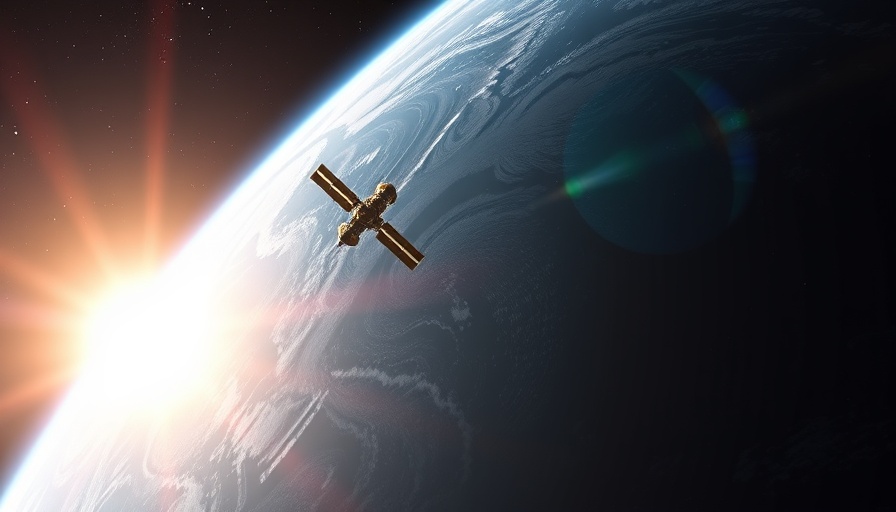
Europe's Proba-3 Satellites Achieve Unprecedented Precision in Space
The European Space Agency (ESA) has recently announced a groundbreaking achievement in space exploration: its Proba-3 mission successfully executed ultra-precise formation flying, a critical milestone for science and future space missions. This achievement, involving two spacecraft—the Occulter and the Coronagraph—marks a significant leap in our ability to conduct complex operations in orbit.
Formation Flying: A New Era of Space Science
The Proba-3 satellites flew autonomously in perfect alignment, maintaining a distance of 150 meters (approximately 492 feet) from each other with millimeter precision. The mission leveraged advanced technologies, including a Fine Lateral and Longitudinal Sensor (FLLS), shadow position sensors, and camera-based systems, all guided by sophisticated onboard software and small cold gas thrusters.
Unraveling Solar Mysteries with Artificial Eclipses
One of the primary objectives of this mission is to create artificial solar eclipses to facilitate the study of the sun's corona, its outer atmosphere, which is significantly hotter than its surface. This unprecedented observational approach will enable scientists to delve into pressing questions about solar phenomena, including the dynamics of solar wind and the mechanics behind coronal mass ejections. The results from this research could have profound implications for understanding space weather and its effects on Earth.
The Future of Space Missions and Earth Observations
But the implications of achieving such accurate formation flying extend beyond solar studies. Experts suggest that the technology demonstrated by Proba-3 could enhance various future projects, from Earth observation missions to advanced docking maneuvers for satellites. The potential applications include using formation flying for gravitational wave detection and possibly even searching for exoplanets, which could revolutionize our approach to exploring and understanding the universe.
The Challenge Ahead: Calibration and Alignment
Moving forward, the mission's next challenge is to prepare the spacecraft's payloads and align the satellites with the sun to produce the desired total solar eclipses. Project Manager Damien Galano expressed excitement, looking forward to the first processed images of the sun's corona post-calibration, noting, “We can't wait to see the completion of the instrument calibration and the first processed image of the sun's corona.” This step is crucial in validating the technology and methodologies employed in the Proba-3 mission.
Conclusion: Innovations in Space Leading to a New Frontier
The successful execution of the Proba-3's formation flying test signifies a remarkable achievement for the ESA and presents new avenues for understanding space phenomena. As we stand on the cusp of a new era of space innovation, the Proba-3 mission exemplifies how advanced technology can profoundly change our interactions with the cosmos.
 Add Row
Add Row  Add
Add 




Write A Comment